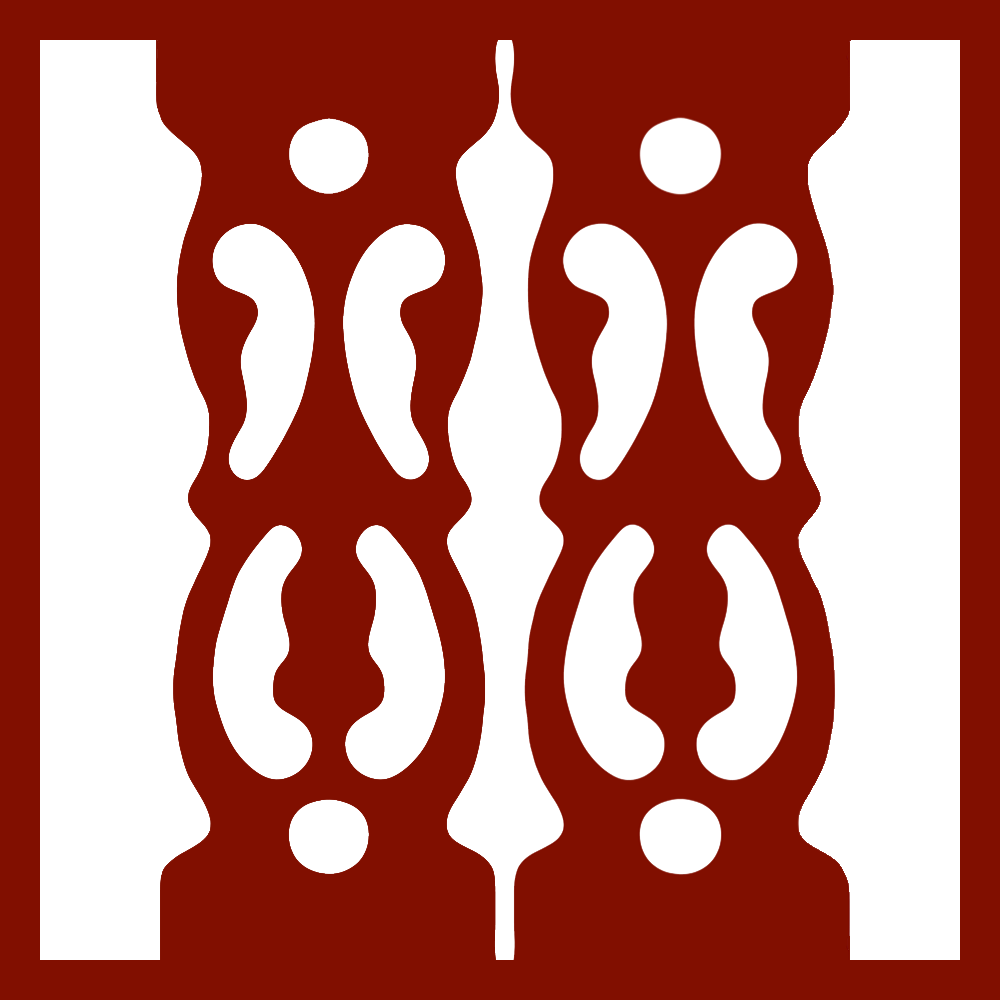Abdulmari Asia Imao was born to an impoverished Tausug couple in Siasi, Sulu on January 14, 1936. He was the first Muslim recipient of the Philippine National Artist Award (2006) and also the distinction of being the first Asian recipient of the New York Museum of Modern Art Grant to Europe and Scandinavia (1963). A sculptor and painter who fused traditional Islamic designs with Modernist strokes that result in vivid works of bold geometrical patterns. A native of Sulu, he obtained his Bachelor of Fine Arts in Sculpture from the University of the Philippines in Diliman, Quezon City. At U.P. he was introduced to and mentored by Filipino masters like Guillermo Tolentino and Napoleon Abueva (and who precede him as National Artists). He earned his Masters of Fine Arts in Sculpture from the University of Kansas, USA in 1962 as a Smith Mundt and Fulbright Scholar. He also did advanced studies in sculpture and ceramics as Fellow at the Rhode Island School of Design, 1961-1962 and in brass-casting and photography as a Faculty Scholar at the Columbia University in New York City, 1962-1963. Known for his unique adaptation of traditional Muslim Mindanaon motifs such as the ukkil (sinuous relief woodcarving tradition found in houses and boats), the naga (sea serpent motif), pako rabong (fern motif ), and sarimanok (mythical bird-with-fish figure), he draws inspiration from his Tausug forebears with a more Modern sensibility that created abstracted patterns for sculpture and painting that combines these motifs with Cubism.
-
SOLD
Sarimanok
24″ x 24″
Acrylic on Canvas
2009
SN#78009
-
SOLD
Sarimanok
24″ x 18″
Acrylic on Canvas
2014
SN#79985
-
SOLD
Sarimanok
24″ x 24″
Acrylic on Canvas
2009
SN#790260
-
Sarimanok
36″ x 48″
Acrylic on Canvas
2010
SN#78386
-
Sarimanok
18″ x 24″
Acrylic on Canvas
–
SN#79307
-
SOLD
Sarimanok
24″ x 18″
Acrylic on Canvas
2010
SN#80767
-
SOLD
Sarimanok
24″ x 18″
Acrylic on Canvas
2010
SN#79670







